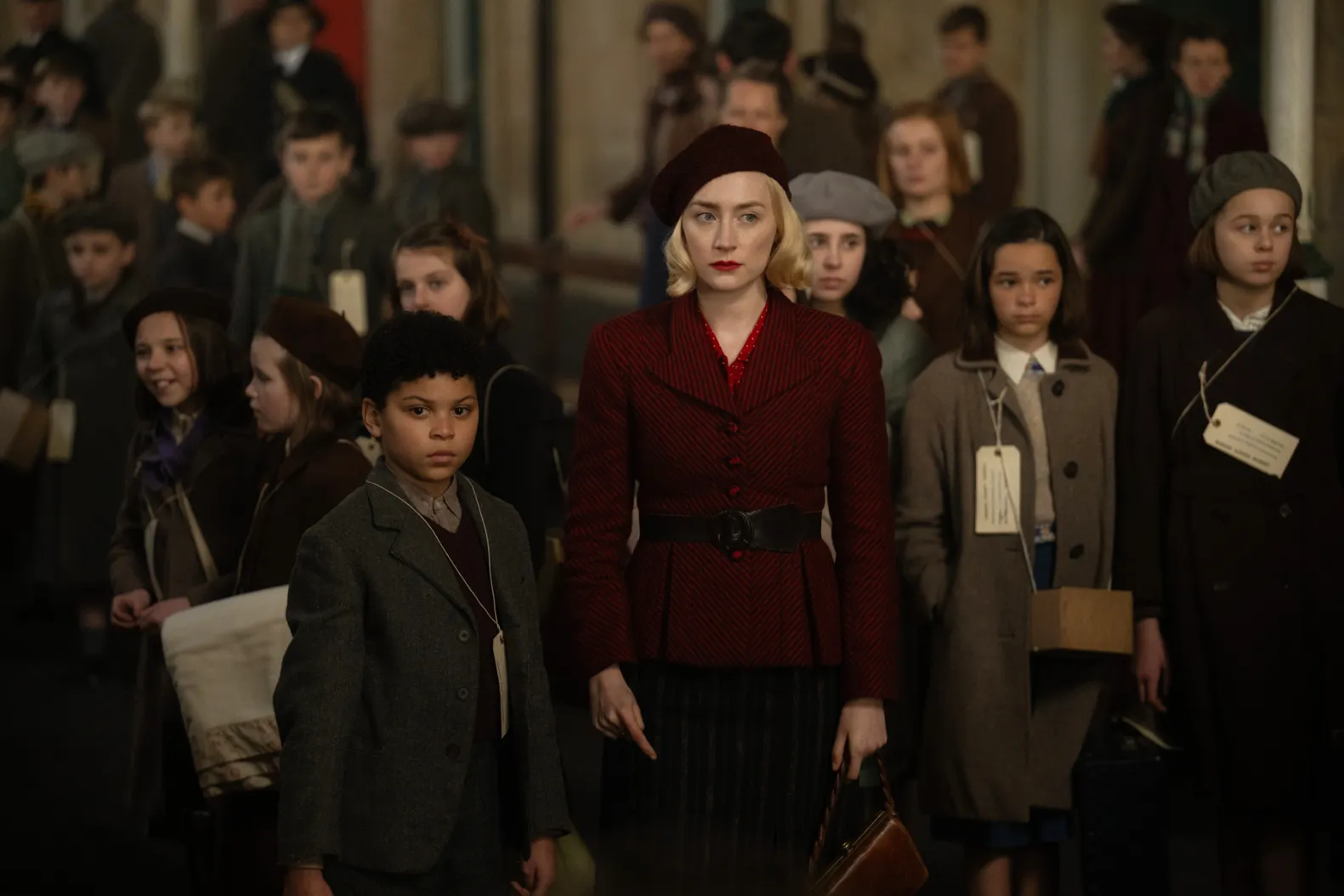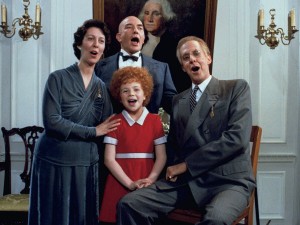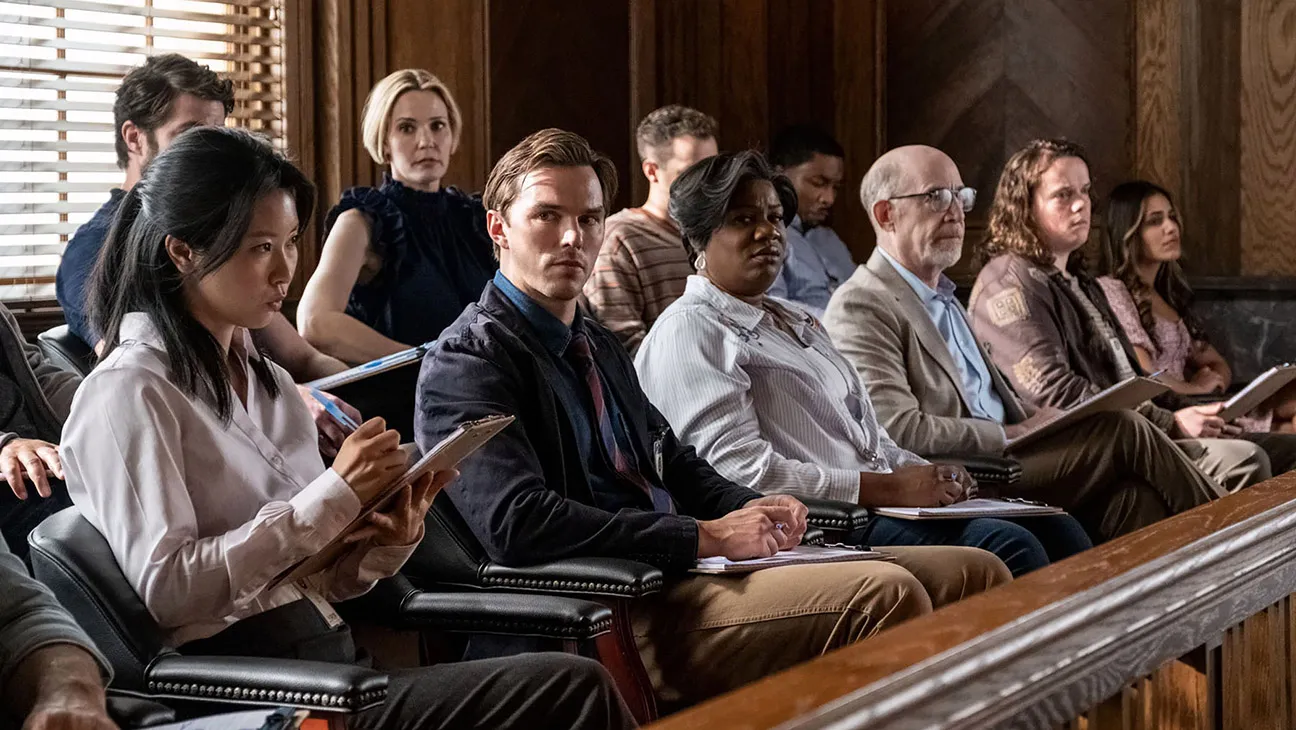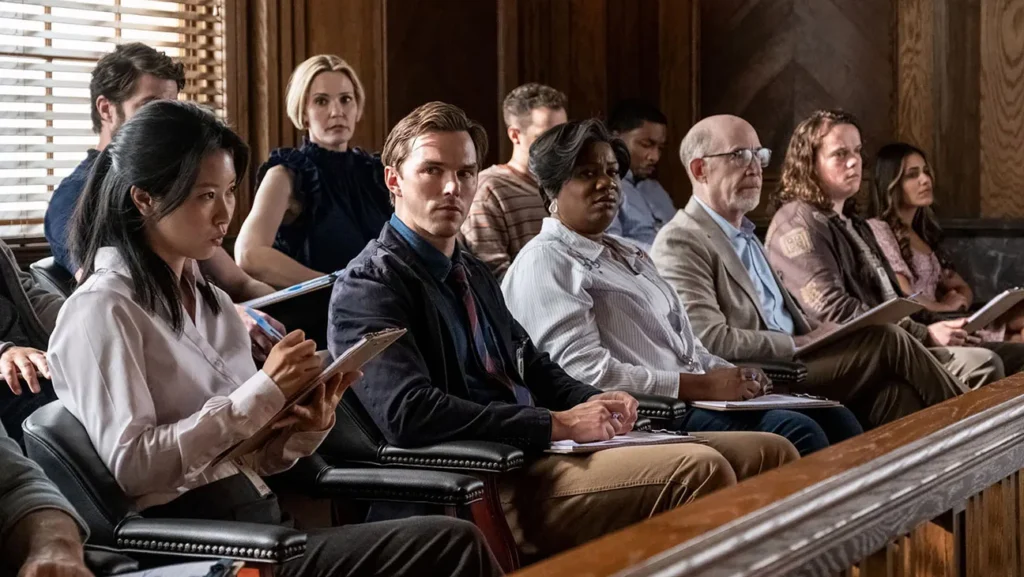Movies for Veterans Day 2024
Posted on November 10, 2024 at 12:00 am
Veterans Day is a time for us to pay our respects to those who have served.
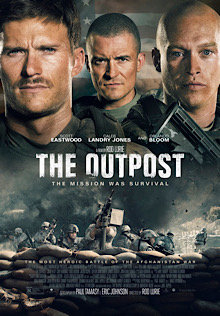
This holiday started as a day to reflect upon the heroism of those who died in our country’s service and was originally called Armistice Day. It fell on Nov. 11 because that is the anniversary of the signing of the Armistice that ended World War I. However, in 1954, the holiday was changed to “Veterans Day” in order to account for all veterans in all wars.
We celebrate and honor America’s veterans for their patriotism, love of country and willingness to serve and sacrifice for the common good.
Some movies for families to watch about real-life US military:
WWI
They Shall Not Grow Old On the 100th anniversary of the end of WWI, Peter Jackson used 21st century technology to make archival footage and audio feel contemporary, to make the experience of these men seem as though it happened to people we know.
1917 Two young soldiers are sent on a very dangerous mission to deliver a vital message. Remarkably, this film seems like it was all one continuous shot, a breathtaking achievement.
WWII
Band of Brothers Historian Stephen Ambrose’s book was made into a stirring miniseries about “Easy” Company, 2nd Battalion, 506th Parachute Infantry Regiment, of the 101st Airborne Division, from jump training in the United States through its participation in major actions in Europe, up until the end of the war.
Midway is the story. of a brutal battle that was a turning point for the Allies.
Korean War
M*A*S*H is a dark anti-war comedy based on the real-life experiences of an Army surgeon. It inspired the long-running television series.
Vietnam War
The Vietnam War The documentary from Ken Burns and Lynn Novick tells the story.
Persian Gulf War/Wars in Iraq and Afghanistan
Jarhead Jamie Foxx and Jake Gyllenhaal star in Sam Mendes’ film based on the memoir of Anthony Swofford about his experiences as a Marine Sniper in Gulf War I.
Restrepo is a documentary about U.S. soldiers in Afghanistan’s Korengal Valley, serving in a remote 15-man outpost, “Restrepo,” named after a platoon medic who was killed in action.
American Sniper Bradley Cooper stars as the late Chris Kyle, a top sniper who served four tours of duty in Iraq, and then was killed by a veteran he was trying to help after he got home.
The Outpost, based on the book by Jake Tapper, is the story of an attack on Combat Outpost Keating, located in Afghanistan, just 14 miles from the Pakistani border. are war stories that are about strategy and courage and triumph over evil that let us channel the heroism of the characters on screen. And then there are war stories that are all of that but also engage in the most visceral terms with questions of purpose and meaning that touch us all. “The Outpost” is an intimate, immersive drama from director Rod Lurie, a West Point graduate and Army veteran who knows this world inside out and brings us from the outside in.

